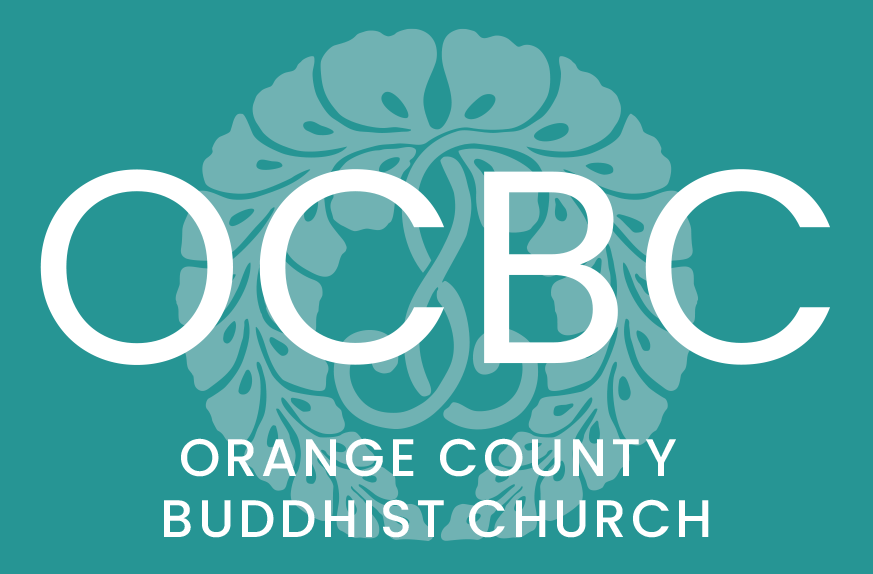Just Take the Shot
I would like to illustrate oneness through some examples from Western culture. Surprisingly, an example can be found even in the classic children’s story Mary Poppins. When cleaning a child’s room, Mary Poppins says that a job well begun is a job that is already half done. In other words, when one’s direction is properly set, the destination is already at hand. The room is not yet clean and yet the result is inevitable. It is like shooting an arrow. If one focuses completely on the bull’s-eye, when the arrow is released, we can say that the flight of the arrow is “true”. The arrow has not yet reached its target, but the die has already been cast. The bull’s-eye is already contained within the flight of the arrow. The bullseye exists in the archer’s mind before he releases the arrow.
My very favorite example oneness is of Michael Jordan’s game winning shot against the Utah Jazz. In the 1998 NBA Finals. This was the last of his six championships with the Bulls. It was the sixth game in Utah, and the Bulls were down 86-85 and the Jazz had the ball. With 20 seconds left, Jordan stole the ball from Karl Malone and called a time out. During the time out, I noticed something very strange. Everyone in the arena, all the Utah fans and everyone at my house knew it was over. You can still see this on YouTube. I watched it last week and the camera zoomed in on one woman who looked particularly nervous. She put her hand up to her mouth during the time out – she was frozen with fear. You could tell in her eyes that Utah had already lost. She knew that Jordan had already made this shot years ago – in his mind.
We all knew that Jordan was going to take the final shot, and the Bulls were going to win the series. Even Karl Malone knew it. And yet there was nothing anyone could do about it. The ball was inbounded to Jordan. Jordan then pushed off Byron Russell at the top of the key – a foul that was not called because Michael Jordan is Michael Jordan. Then Jordan slowly rises and shoots a 20-footer with 5 seconds left in the game. Jordan lands with his right hand extended in the air in the goose neck position of a pure shooter and then he begins to step backwards while the ball is still in the air. The ball was not yet in the net, but the game was already over. The Bulls were champions. Jordan knew it, Karl Malone knew it – everyone knew it. This knowing is to be truly settled. In Jordan’s mind the ball had gone through the net a very long time ago – they were one.
Being truly settled is an alien concept. Nothing in my everyday life is truly settled. Not my family life, not my work and certainly not the economy. So being truly settled in one’s spiritual life is an amazing gift. I was a math major and computer programmer, and we have functions that we call “monotonically increasing”. This means that their values never go down. They can plateau for a time but they never back slide. They have no upper bound, they have no limit – they will achieve whatever maximum value you can name – given enough time. It would be so wonderful if my family finances were monotonically increasing, if my health was monotonically increasing, if my hair line was monotonically increasing, and yet, they are not. This causes my suffering.
In contrast, though, one can be truly settled whenever an aspiration for Buddhahood is awakened within. Then one is compelled to practice and can never back slide. It is no longer “a have to” but instead it has become “a want to.” This implies that one’s Buddhahood is inevitable. One no longer needs to worry about the goal. It is now only process; the process of becoming, a process of truly living. This is the True Pure Land Way of Other Power. This is true awakening, and for this all we can say is a simple, but profound thank you – Namuamidabutsu.
How can this not be enough?
To Western people, these two examples are easy to understand and accept within our everyday lives, the life of chores and basketball. But we do not accept this within our religious lives. It is as if these are two different realms with two different sets of rules: one every day and one spiritual. Religion is thought of as something difficult, hard and separate. Religion must be something mental, something understood. It is my belief that this is a Protestant understanding of religion.
For example, a dancer truly becomes a dancer only when their body is swept away by the melody. They begin to naturally choreograph in their mind whenever they hear or think about sound. They hear music in ways that we cannot understand. No longer is dance a series of steps memorized and performed to an eight count. Through this process, dance is ultimately easy. A dancer can no longer remember what it was like to struggle with a step. It is as if that was another person.
I believe that the mechanisms in Buddhism operate in very much the same way. These are mechanisms that are working in this very same reality. When we are swept away by the Dharma, our life begins to live us. We are also moved. We begin to see the world in ways that cannot be explained. It becomes natural. It is being settled. This is known as the Nembutsu. It is a settling activity and an activity of settlement. It is in this way, that our minds become Buddha – Namuamidabustu.
How can this not be easy?
Namoamidabutsu, Rev Jon Turner

